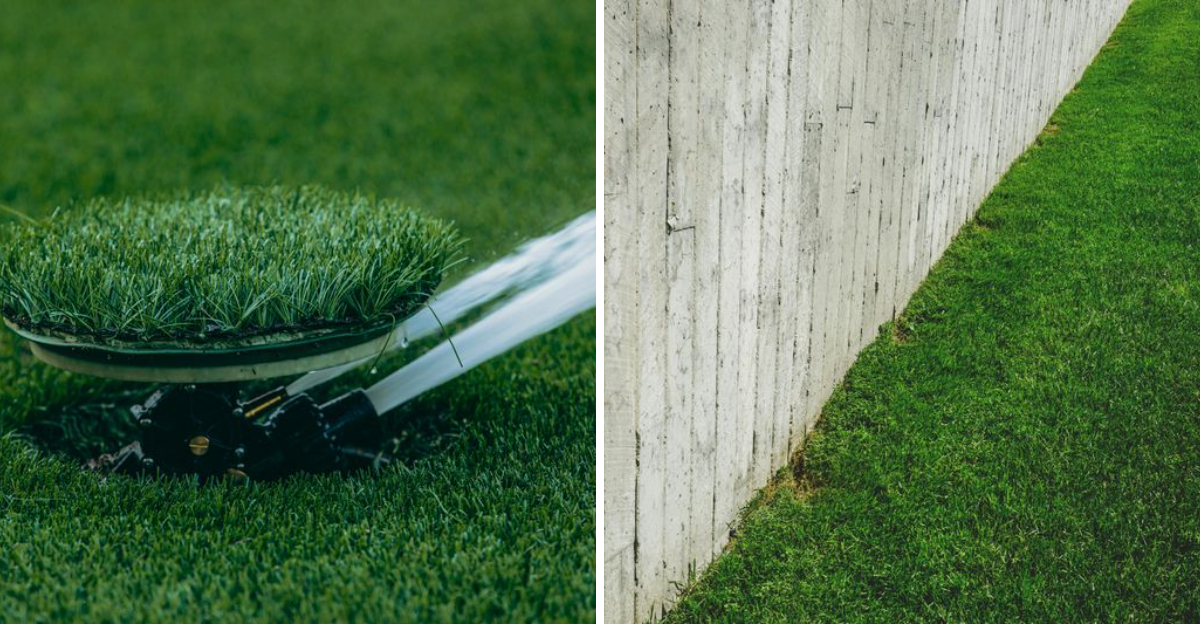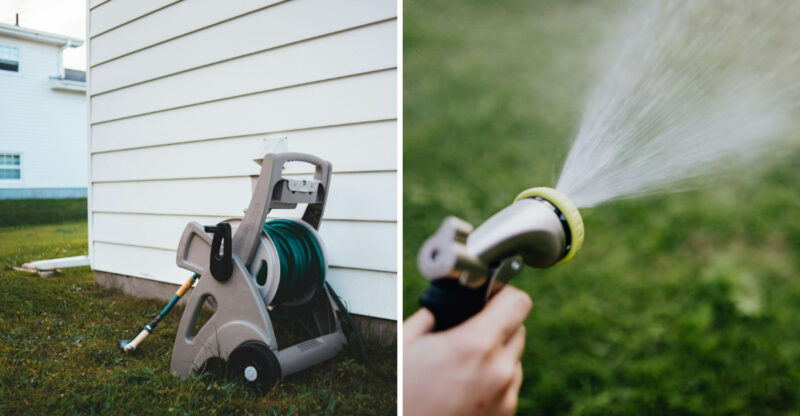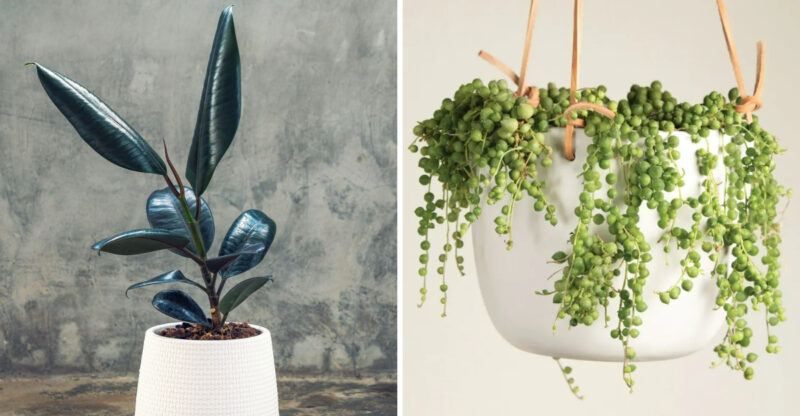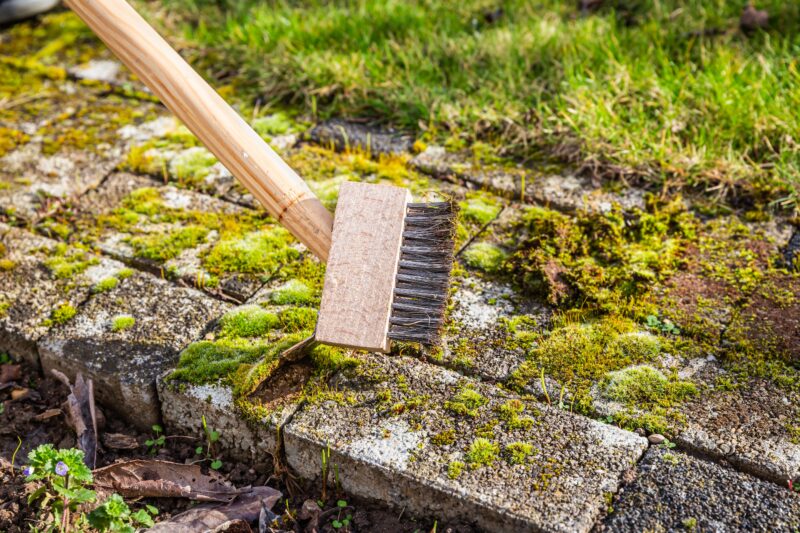A Practical Guide To Watering Your Lawn

A lush, green lawn doesn’t happen by accident – it needs the right amount of water at the right time. Many homeowners struggle with either drowning their grass or letting it go thirsty.
Getting your watering routine just right can save water, money, and keep your yard looking amazing all season long. Ready to turn your lawn into the envy of the neighborhood?
These are general guidance on lawn watering. Results may vary depending on your climate, soil type, and grass species.
1. Know When Your Grass Is Thirsty
Your lawn will actually tell you when it needs a drink! Look for grass blades that fold in half lengthwise or turn a bluish-gray color. Another simple test: walk across your lawn and check if your footprints remain visible for more than a few seconds.
Grass that springs back quickly is well-hydrated, while footprints that linger indicate thirsty turf. Don’t wait until your lawn turns brown – by then, it’s already stressed and may take weeks to recover fully.
2. Water At The Right Time
Early morning (4-10 AM) is the golden hour for lawn watering. The air is cooler and winds are calmer, allowing water to soak into the soil before evaporating. Avoid evening watering which keeps grass wet overnight, creating the perfect breeding ground for fungus and disease.
Midday watering isn’t ideal either – up to 30% of your water might evaporate before it even reaches the roots! Setting up automatic timers can make early morning watering effortless, even for night owls.
3. Measure, Don’t Guess
Most lawns need 1-1.5 inches of water per week, including rainfall. Place several empty tuna cans or similar containers across your lawn during watering to measure how much you’re applying. When they fill to the proper depth, you’re done!
Watering deeply but infrequently encourages deeper root growth, making your lawn more drought-resistant. Shallow, frequent watering leads to shallow roots and weaker grass. Adjust your watering schedule during rainy periods to avoid waste.
4. Match Your Soil Type
Sandy soil drains quickly and needs more frequent watering in smaller amounts. Clay soil holds moisture longer but absorbs it slowly – water can run off before soaking in. For clay soils, try the cycle-soak method: water for 10 minutes, let it soak in, then repeat.
Loam soil is the ideal middle ground. Not sure what you have? Grab a handful of moist soil and squeeze. Sandy soil falls apart, clay forms a sticky ball, and loam holds its shape but crumbles when poked.
5. Upgrade Your Sprinkler Game
Not all sprinklers are created equal! Rotary sprinklers work well for large, open areas, while spray sprinklers suit smaller or irregularly shaped lawns. Smart irrigation controllers can automatically adjust watering based on local weather data, saving up to 30% on water bills.
Check for sprinkler head alignment regularly – watering sidewalks and driveways wastes precious resources. Consider installing rain sensors that automatically skip watering cycles when Mother Nature has already done the job for you.
6. Mowing Matters Too
Believe it or not, how you mow directly affects how much water your lawn needs. Taller grass (3-4 inches) creates shade for the soil, reducing evaporation and keeping roots cooler. Taller grass also develops deeper root systems that can reach water further below the surface.
Sharp mower blades make clean cuts that heal quickly and lose less moisture. Dull blades tear grass, creating ragged wounds that lose water and become entry points for disease. Mulching your clippings returns moisture and nutrients to the soil.
7. Troubleshoot Common Problems
Brown spots don’t always mean drought – they might indicate insect damage, pet urine, or fungal disease. Investigate before cranking up the sprinkler! Runoff water indicates you’re applying water faster than the soil can absorb it.
Compacted soil prevents water from reaching roots. Aeration (poking holes in the lawn) helps water penetrate deeply. Thatch buildup can also block water absorption – remove thick thatch layers with a dethatching rake or machine. Most water issues have simple fixes once you identify the true cause.






